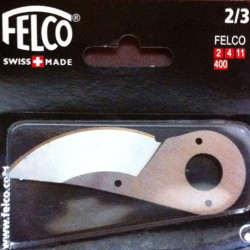Selecting The Right Rose For Your Garden
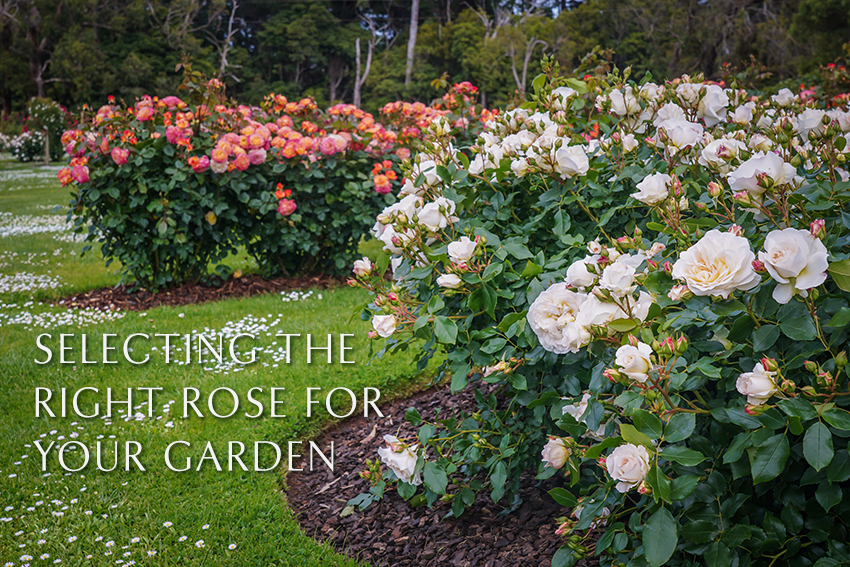
Roses are among the most versatile of plants, allowing them to compliment any garden design and style. They are available in almost every shape, colour and size imaginable and can be used in all aspects of the garden. There really is a rose for nearly every purpose and function in your garden. You are only limited by your imagination!
With so many varieties to choose from, the decision can become overwhelming. Here we break down some important details to help you select the right rose for your garden.
Key points to consider.
There is more to roses than just their gorgeous flowers. Not all roses will suit every climate, position, or use. Those not suited can produce poor flowers, minimal growth or be susceptible to disease. The prettiest flower may not necessarily be the best choice for your garden.
Consider the following when selecting your rose:
- The location, climate, and position in the garden.
- The size, growth habit and features that will best suit.
- The health rating.
LOCATION
CLIMATE
Selecting the right rose for your climate is important.
Humid climate: fungal diseases are more prevalent in humid climates and therefore healthy roses are the ideal choice. Click here to view roses ideal for humid climates.
Hot, dry climate: Roses with thick leaves and petals tend to perform well in hot, dry conditions. Click here for roses suited to hot, dry climates.
Temperate and cold climates: Most roses grow well in these conditions.
HOURS OF SUNLIGHT
It is recommended that roses receive at least 6 hours of direct sunlight each day. Some roses can still perform well with less sunlight, but all roses prefer the recommendation. Please keep in mind that the less sunlight a rose receives the less flowers and less vigorous the plant will be. Click here to view shade tolerant roses.
SPACING
It is important to consider how much space the plant will have to grow. Roses prefer plenty of space to thrive. Do not plant near any other large shrubs or trees and ensure adequate spacing between other roses (most of the time that is 1m). Roses come in all different shapes and sizes. View below to find out more.
PLANTING IN POTS
Not all roses grow well in pots. Smaller growing roses tend to perform better, as they have smaller root systems. Roses such as miniatures, ground covers and small growing floribundas are ideal. Selecting a rose with a height of 1.2m at the most and the plant will live happily in a pot. Click here for more information on caring for pots; or click here to browse roses ideal for pots.
For information on how to grow a rose, click here.
HEALTH RATING
We believe that the most important factor to consider when making your decision is rose health. Healthy roses are much easier to care for as they do not need regular spraying, and they will continue to produce quality growth and flowers throughout the growing season. This means you will get a lot better performance and more satisfaction from a healthy rose.
Your experience in growing roses will determine if you can try a rose with a lower health rating or if you should stay with the easy grow healthy roses.
We have made this easy for you with our Treloar’s Health Rating. We recommend selecting roses with a high Treloar’s Health Rating. You can filter by the rating when browsing. Click here to learn more.
GROWTH HABITS & UNDERSTANDING CLASSIFICATIONS
Roses come in all different sizes and growth habits. Understanding the different classifications of roses can really help narrow down your selections.
To help you understand the different classifications of roses we have broken them down below.
MINIATURE & MINIFLORA ROSES
Miniature and Miniflora roses are the smallest of the roses in both growth and bloom size. Flowers are usually less than 5cm across. Bushes generally grow no more than 50cm high. Ideal for edging, borders, pots or small gardens.
Plant 30cm apart.
Browse Miniature and Miniflora roses by clicking here.
GROUND COVER ROSES
Ground Covers are extremely hardy and healthy. Generally they are very easy to grow and can withstand reasonably harsh conditions when mature. They flower with enormous freedom and continuity yet require little pruning. Very versatile, they are ideally suited for mass planting, borders, small gardens and pots. Average height to 50cm but width can vary.
Plant approximately 60cm to 1m apart.
Browse Ground Cover roses by clicking here.
FLORIBUNDA ROSES
Second only to the Hybrid Tea in popularity, Floribunda roses bear flowers in large clusters, providing massive, colourful, long-lasting garden displays. As a class, they are hardier, easier to care for than their hybrid tea counterparts. They range from low growing varieties of 50cm high, but average at 1.2m. Well suited for use en masse, in pots or to form attractive borders and low hedges. Height indicates width.
Plant 1m apart or for a low hedge, 75cm.
Browse Floribunda roses by clicking here.
HYBRID TEA ROSES
Hybrid Tea roses have been the most recognisable class of rose for over a hundred years. They bear classic full flowers either singly or several to a stem. Many have a good fragrance and are excellent for cut flowers. Height ranges from 1m to 2m but averages 1.5m tall.
Plant 1m apart.
Browse Hybrid Tea roses by clicking here.
SHRUB ROSES
Modern Shrub Roses are the ideal choice where a mass of colour is desired. Vigorous and hardy, they can create colourful hedges and borders with many of the taller varieties able to be used as small climbers.
Plant a minimum of 1m apart. Planting distance and width will be similar to the indicated height. Hedges can be planted slightly closer together
Browse Modern Shrub roses by clicking here.
CLIMBERS
Climbers can be used in a multitude of situations, limited only by your imagination. For best results espalier the long canes into a horizontal position to promote lateral growth. Do not prune for the first two seasons and then only to remove dead wood
and unproductive growth. Climbers flower best from two year old canes.
They can grow in three different sizes.
Ramblers - tend to give heavy vigorous growth grow between 4 to 6 meter spread
Climbers - are easier to grow and can get between a 3 to 4 meter spread
Pillar climbers - generally better for a more controlled growth up verandah posts or small arbours. They grow up to 2.5 meters in most situations.
Plant approximately 2 to 5m apart depending on the growth habit. However the distance will depend on the coverage you require. At the very minium 1.5m apart.
Browse Climbing roses by clicking here.
STANDARD ROSES
Also referred to as Stem Roses, are a variation of the normal bush rose grafted at a height of 90cm or 60cm (Patio Standards). They can create a formal appearance if planted in a row or as a feature in garden beds. They can also be grown in large tubs on the veranda. It is important to secure them to a sturdy stake to prevent breakage in high wind. Please avoid metal stakes.
The head of the standard can vary in shape:
- Hybrid Tea varieties will grow up in a V shape from the graft.
- Floribundas in general keep to a rounder shape.
- Ground covers will be shaped like an umbrella.
- David Austins can also vary with each variety.
Please note that this is only a guide and each variety will have variations.
Plant approximately 1.2m apart.
Browse Standard roses by clicking here.
WEEPING STANDARD ROSES
Weeping Standards or Tree Roses are budded onto tall rootstock at heights ranging from 1.2m to 1.6m with varieties that tend to produce long pliable canes, creating a cascading effect. Many will reach ground level. Ideal as a centre piece or feature. Only remove dead wood when pruning for the first few seasons
Browse Weeping roses by clicking here.
Flower Types
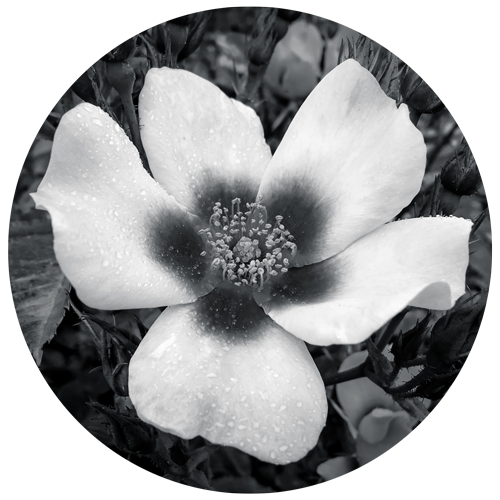
SINGLE
1 layer of petals with prominent stamens.
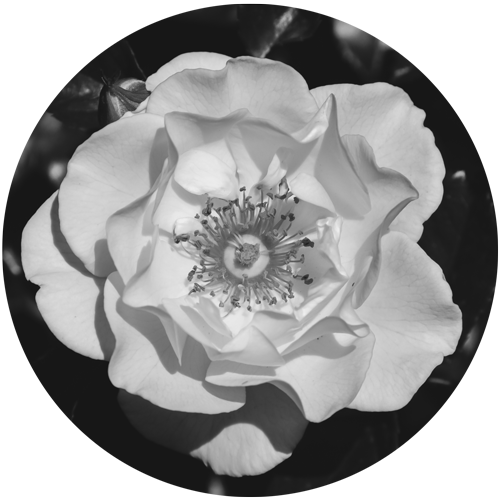
SEMI-DOUBLE
2-3 layers of petals.
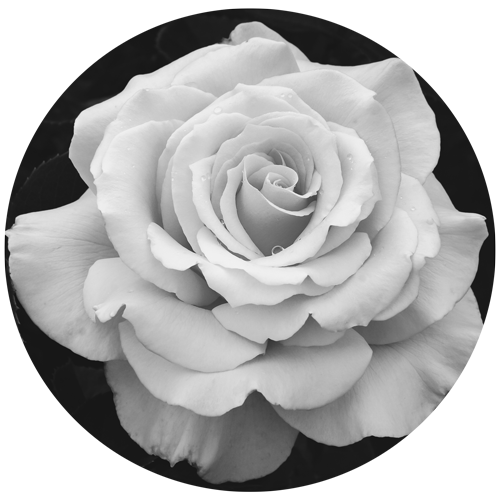
DOUBLE BLOOM
High centred, classic hybrid tea style bloom.
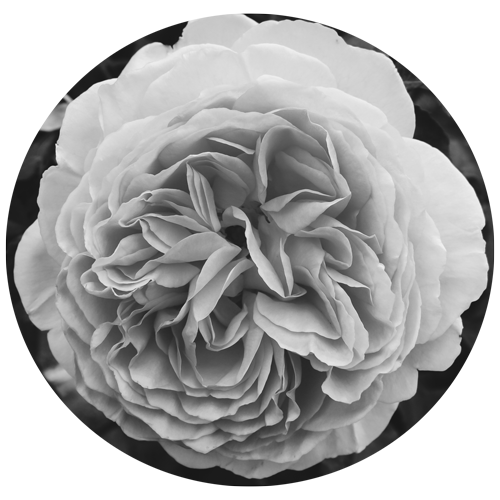
FULLY DOUBLE
Highly petalled, English styled blooms in various shapes.


